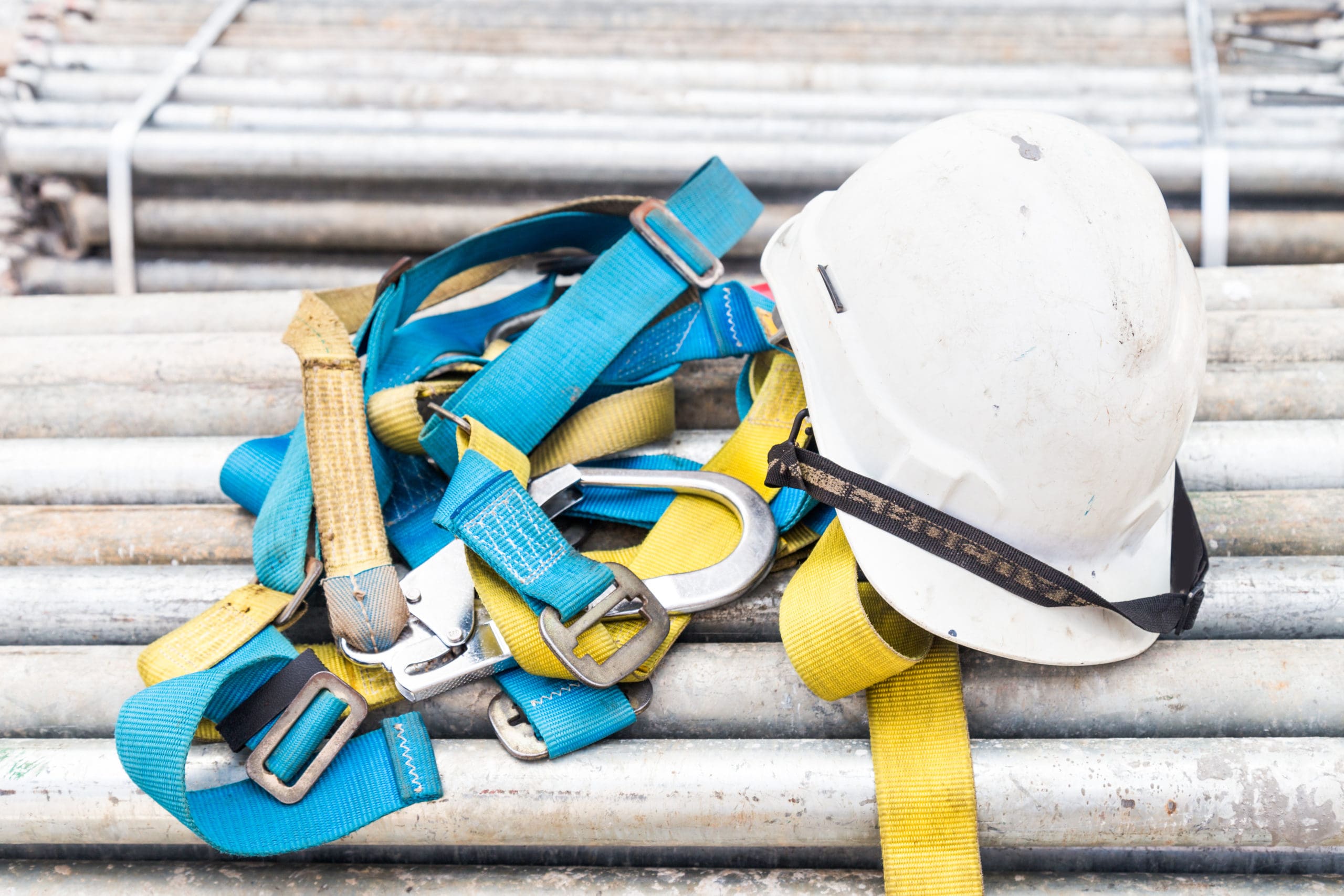
In spite of modernization, improved safety checks, and progress in technology, fatal work injuries show no sign of decreasing in the United States. In 2018, according to the Bureau of Labor Statistics, there were 5,250 fatal work injuries in the country — a rise of 2% from 5,147 in 2017. At Custom Truck One Source, safety is a prime concern. We always support more stringent regulations when it comes to protecting those who risk their lives every day in the line of work. After all, we supply equipment to 7 industries that routinely make it to the top 10 list of the most dangerous jobs in the country.
# 1: Logging
The risk of fatal accidents in the logging industry is 28 times higher than in any other. This places it soundly at the top of the dangerous jobs list. Trees falling on logging workers account for the majority of accidents, followed by incidents related to the use of chainsaws. Conducting repairs and maintenance work on equipment can also lead to deadly incidents if the job is not executed properly.
Among equipment operators, 50% of injuries occur getting on or off their machines, due to either slipping or falling. And experience counts! Close to 50% of injuries in logging happen to those with less than a year of experience in the industry.
# 2: Roofing
The roofing sector records a fatal injury rate of 51 per 100,000. Roof collapses are one of the prime causes of major injury. These happen if the roof is unstable and crumbles from the weight of the people working on it. A ladder wrongly placed while roofing is yet another common cause. As is true with any outdoor work, weather conditions have to be kept in mind, especially in winter. The dangers of a wet, slippery roof may become further exacerbated by snow piling up. This could also cause a collapse. Roofers injured at work spend an average of 20 days in recovery, which is relatively long compared to most other jobs.
# 3: Refuse/Recycling
With a fatal injury rate of 42 per 100,000, refuse/recycling is an extremely hazardous profession, where a variety of dangers present themselves. Workers are exposed to everything from toxic fumes and fluids to cancerous chemicals and even used hypodermic needles. Safety equipment is key here, especially reinforced boots and gloves. Heavy equipment can run over a worker if the operator is not alert. Materials packed into bales can fall, injuring or crushing a worker.
Recycling equipment must be regularly maintained and repaired. The many moving parts of the machines used in this industry can lead to workers being crushed when trying to unjam a stuck machine. Respiratory ailments are also common due to the materials being recycled, such as plastic and glass.
Conveyor belts are common in the recycling industry, and workers often bend or stoop for long periods of time. This can lead to short and long-term injuries. Stress injuries to the back, in fact, are extremely common.
# 4: Linemen
This profession has 21 fatal injury accidents per 100,000, but it is still easily one of the most dangerous jobs in the U.S. Linemen are needed in all types of weather conditions to repair and rebuild power installations. They have to work from high places while exposed to power lines carrying large amounts of electricity. Shocks, many of them fatal, are a huge hazard of the job. Linemen work in confined areas, and could therefore become trapped in the event of a fire or explosion. Working hours can be punishing, too, especially in winters. This leads to fatigue and stress, which in turn can cause injuries due to reduced alertness.
# 5: Truckers
A fatal injury rate of 25 per 100,000 with fatigue being a major cause for accidents. Driving long stretches of highway can be tedious, and truckers run the risk of falling asleep at the wheel. The stress involved in trying to meet delivery deadlines can lead to distraction from the job at hand. The lifestyle is almost nomadic. Stopping to grab a bite to eat with no fixed hours can upset body rhythms and reduces alertness. Roads can be dangerous, especially in winter when they may be iced over, causing serious accidents, including jack-knifing.
# 6: Farming/Agriculture
This industry has a fatal injury rate of 22 per 100,000. Farmers and agricultural workers suffer the worst from environmental hazards compared to other occupations. Respiratory diseases, hearing loss due to proximity to farm machinery, skin ailments, cancers, and heat exposure are just some of what a farmer or agricultural worker experiences on the job. Add to this list the possible exposure to mold and pesticides, and it is not hard to see why farming is always on the list of most dangerous jobs.
# 7: Lawn Service/Landscaping
With a fatal injury rate of 20 per 100,000, this is our final industry included on the yearly dangerous jobs list. It may be surprising to find lawn service ranked among the top hazardous professions, and yet here it is. For landscapers and lawn service workers, road accidents are the leading cause of death. They also have to be wary of buried power lines while at work. This industry requires the use of equipment with razor-sharp blades, which can lead to deep cuts, and in extreme cases, amputations.



